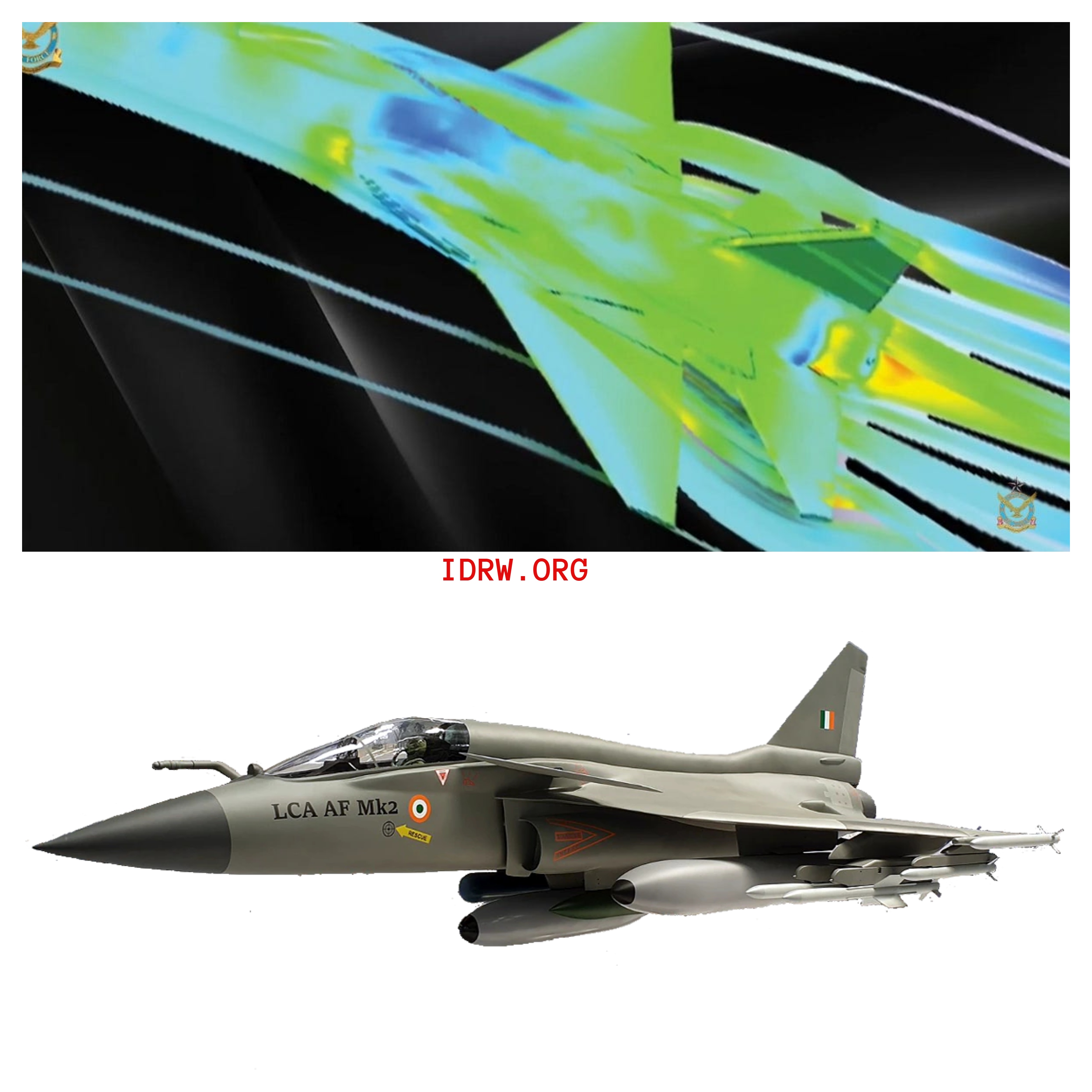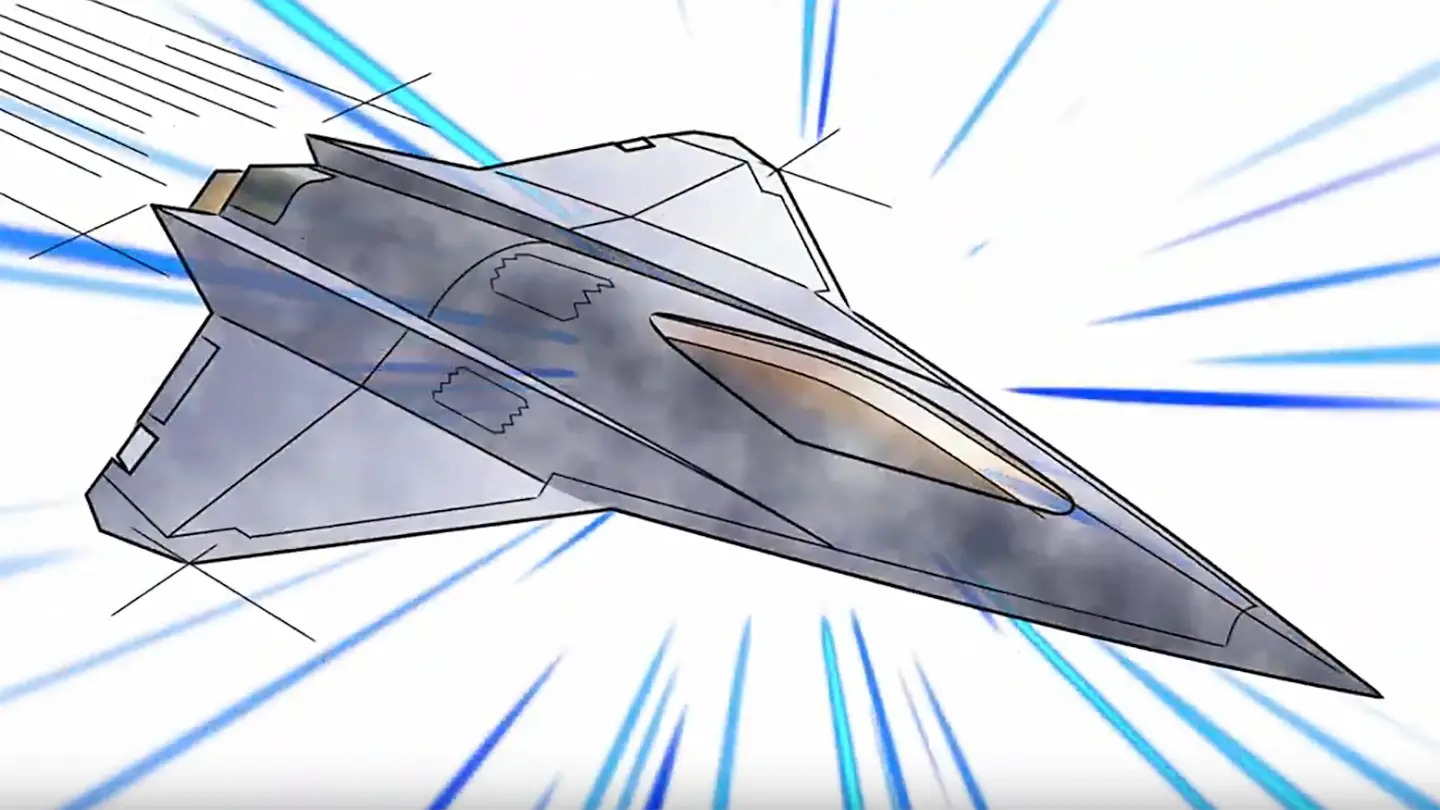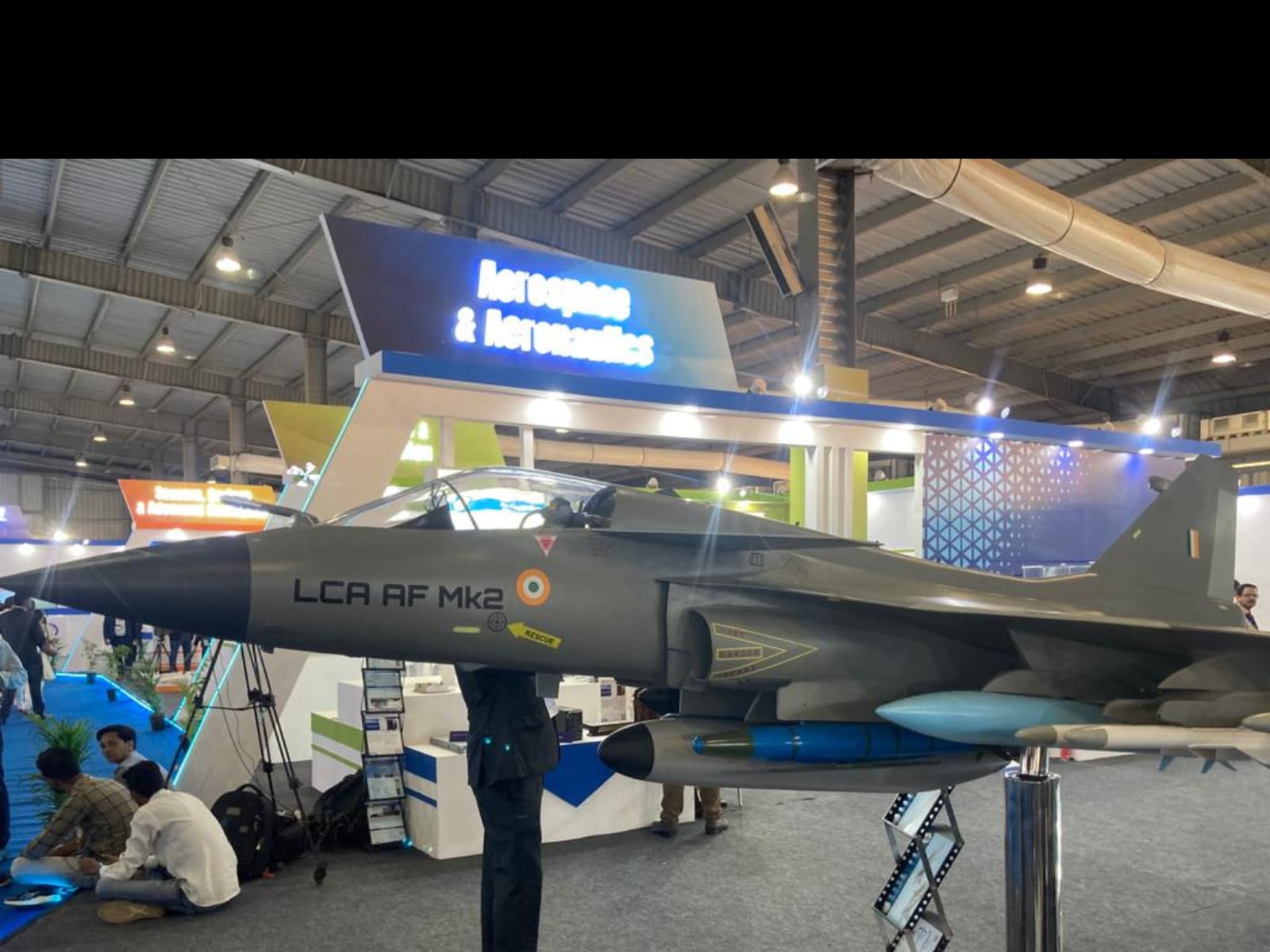Monthly Archives: January 2025
SOURCE: AFI

Recent claims on the social media platform X by user Tony (@Cyberspec1) suggested that India had confirmed the dispatch of supersonic “BrahMos” cruise missiles to Armenia. These assertions, however, appear to be unfounded based on the technical specifications and operational readiness of Armenia’s Su-30SM fighters.
Tony @Cyberspec1 stated that the BrahMos cruise missiles, which can be launched from Su-30 fighters, had been sent to Armenia, leveraging the fact that Armenia possesses Su-30 aircraft.
Continue readingSOURCE: AFI


The race to upgrade indigenous fighter jets in South Asia is heating up, with both Pakistan and India pushing their respective aircraft programs forward. The Pakistan Air Force (PAF) is on the brink of introducing the JF-17 Block 4 under the PF-X (Pakistan Fighter Experimental) program, aiming for a debut in 2028. This development prompts a reflection on how India’s Tejas MkII could have potentially evolved beyond its current 4.5 generation designation.
The JF-17 Block 4 is expected to feature an IWB, although limited by space. This allows for a cleaner radar signature when flying without external ordnance, potentially enhancing stealth capabilities for initial engagements. However, the limited size means only a small number of Beyond Visual Range Air-to-Air Missiles (BVRAAMs) can be carried internally.
Continue readingSOURCE: AFI


In an effort to modernize its military capabilities, Thailand has shown a keen interest in Indian-made armoured vehicles, as highlighted during the recent India-Thailand Defence Cooperation Seminar. This event served as a platform for Indian defense manufacturers to showcase their technological advancements and capabilities, potentially paving the way for further military cooperation between the two nations.
During the seminar, several Indian companies presented a range of armoured vehicles, emphasizing the quality, innovation, and cost-effectiveness of Indian defense products. Among the highlights were.
Continue readingSOURCE: AFI


Over the last seven years, Bhutan has witnessed a significant erosion of its territorial sovereignty, losing approximately 2% of its land to Chinese encroachments, as revealed by the latest satellite imagery analysis. This development is part of a broader strategy by China, which has established at least 22 villages and settlements within Bhutanese territory over the past eight years. Eight of these villages have been constructed since 2020, particularly in areas near the Doklam plateau, a region of strategic importance due to its proximity to the trijunction of India, Bhutan, and China.
Satellite imagery and reports from various international news outlets and think tanks have documented China’s methodical approach to altering the territorial status quo in Bhutan. This involves not just the physical construction of settlements but also the relocation of thousands of people into these areas, effectively creating facts on the ground. The villages near Doklam are particularly alarming, as this plateau has been the site of previous stand-offs between Indian and Chinese forces in 2017, highlighting its strategic military value.
Continue readingSOURCE: AFI


In a recent operational review, Lieutenant General Manoj Kumar Katiyar, Army Commander of the Western Command, thoroughly assessed the operational readiness of the Rising Star Corps. The review not only celebrated the Corps’ high standards of preparedness but also spotlighted the integration of cutting-edge technology into military operations. The most intriguing aspect observed was the demonstration of the Carl-Gustaf M4 recoilless rifle equipped with remote firing capabilities.
The highlight of the review was the Carl-Gustaf M4 recoilless rifle, observed on a steel jig with remote firing capabilities. This setup intrigued observers as it showcased a significant evolution in how infantry weapons might be deployed in future conflicts.
Continue readingSOURCE: RAUNAK KUNDE / NEWS BEAT / IDRW.ORG


In a strategic pivot, the Indian Air Force (IAF) is increasingly leaning towards using air-launched ballistic missiles (ALBMs) for its long-range strike missions. This shift is largely influenced by the vulnerabilities observed in subsonic cruise missiles, even those with stealth capabilities, which have proven easier for modern air defence systems to intercept due to their predictable flight paths.
The IAF has already integrated the Rampage and ROCKS ALBMs, both of which are imported from Israel. These missiles are designed for precision strikes against high-value, hardened targets. Local production of these missiles is underway, signaling a move towards self-reliance and cost-efficiency in defence acquisitions.
Continue readingSOURCE: RAUNAK KUNDE / NEWS BEAT / IDRW.ORG


In a significant step towards enhancing its aerial combat capabilities, the Indian Air Force (IAF) has initiated the procurement of a limited number of Astra MK2 missiles, marking the beginning of the production process for this advanced Beyond Visual Range Air-to-Air Missile (BVRAAM).
The Astra MK2 is an evolution of the Astra MK1, which has already been integrated into several IAF fighter aircraft, including the Su-30MKI and the indigenous Light Combat Aircraft (LCA) Tejas. The MK2 variant boasts several enhancements.
Continue readingSOURCE: RAUNAK KUNDE / NEWS BEAT / IDRW.ORG


The Combat Vehicles Research and Development Establishment (CVRDE), a premier lab under India’s Defence Research and Development Organisation (DRDO), has announced plans to develop a new 700HP engine specifically tailored for the Zorawar Light Tank. This initiative comes as the Zorawar project moves towards full-scale production, aiming to enhance the tank’s performance on India’s rugged terrains.
The current prototype of the Zorawar Light Tank is powered by an American-made Cummins 750HP engine. This same engine is slated to equip the first batch of 59 units. However, looking ahead to the broader production phase, where 240 more units are expected to be manufactured, CVRDE has proposed an indigenous solution with its 700HP engine.
Continue readingSOURCE: AFI


In an exciting development for India’s defence sector, the Archer NG, a Medium Altitude Long Endurance (MALE) Unmanned Aerial Vehicle (UAV), is on the brink of conducting its first flight. Sources indicate that the UAV has successfully completed both low-speed and high-speed taxi trials, setting the stage for its maiden sortie likely in February.
The completion of these trials is crucial as they simulate the conditions of actual flight, testing the aircraft’s systems under controlled ground conditions. Low-speed taxi trials ensure that the UAV can handle basic movement, steering, and braking, while high-speed trials test the integrity of the airframe, control surfaces, and propulsion at near-flight speeds.
Continue readingSOURCE: AFI


India’s Advanced Medium Combat Aircraft (AMCA) program has laid a strong foundation for the development of advanced aviation technologies. As the global focus shifts towards 6th generation fighter jets, India can accelerate its transition by migrating critical technologies from the AMCA to its future 6th generation fighter jet program. By building upon proven technologies, India can reduce development time and cost while achieving a competitive edge.
Features like Radar Absorbent Materials (RAM), internal weapons bays, and a low radar cross-section (RCS) design of the AMCA can be carried forward into 6th Gen Adaptation with Enhanced stealth with active cloaking systems, dynamic skin that adjusts RCS, and advanced multispectral camouflage for infrared and radar invisibility.
Continue readingSOURCE: AFI


The U.S. Air Force’s Next Generation Air Dominance (NGAD) program, shrouded in secrecy, is now believed to be leaning towards a single-engine configuration. This shift is based on the integration of the General Electric XA100 engine, which offers a thrust of 200 kN, potentially redefining the future of American air superiority.
Moving away from the traditional twin-engine setups seen in many modern fighters, the NGAD might employ a single XA100 engine. This choice could be influenced by advancements in engine technology, allowing for sufficient power and reliability from one source, potentially reducing weight, maintenance costs, and complexity.
Continue readingSOURCE: AFI

Kolkata-based Sisir Radar has recently achieved a significant milestone in remote sensing technology by successfully operating their L-band Synthetic Aperture Radar (SAR) on a newly developed drone platform. This achievement marks a substantial advancement in high-resolution imaging capabilities for various applications.
The drone platform, designed and built in-house by the Sisir Radar team, prioritizes stability, even in challenging weather conditions. This robust design is crucial for acquiring consistent and high-quality SAR data. The L-band SAR system captured imagery in HH polarization, achieving an impressive resolution of 1 meter in both azimuth and slant range. This level of detail allows for precise observation and analysis of ground features.
Continue readingSOURCE: IDRW.ORG


In a candid critique, Retired Indian Air Force (IAF) officer Vaidya has expressed concerns over Hindustan Aeronautics Limited’s (HAL) ability to ramp up production and meet delivery commitments, suggesting that failure to do so might inadvertently open the door for private sector involvement in fighter jet manufacturing. Speaking to the idrw.org, Vaidya highlighted that HAL’s current trajectory could prove detrimental to its position as India’s premier aircraft manufacturer.
Vaidya’s remarks come at a time when HAL is already facing scrutiny over its delivery schedules for projects like the Tejas Mk1A. With the IAF looking to procure 97 more of these advanced light combat aircraft, the pressure is on HAL to not only increase production but also to ensure timely deliveries. The officer noted, “If HAL flatters to increase production and ramp up its deliveries, then HAL might have shot itself in the leg,” indicating that inefficiencies could lead to a loss of confidence from the military and potentially from the government.
Continue readingSOURCE: IDRW.ORG

The Ministry of Defence, Government of India, has issued a Request for Information (RFI) to identify interested vendors for the indigenous manufacturing of 40mm Anti-Drone Ammunition under the “Make in India” initiative. This marks a significant step in India’s efforts to bolster its defense capabilities and reduce reliance on imports while fostering self-reliance in the defense manufacturing sector.
The RFI invites participation from both Defence Public Sector Undertakings (DPSUs) and private vendors. The objective is to identify potential manufacturers capable of producing 40mm Anti-Drone Ammunition that will be compatible with existing 40mm L/70 guns. The ammunition is specifically designed for the neutralization of drone threats, addressing a critical aspect of modern warfare where unmanned aerial systems are increasingly being used for surveillance, attacks, and other tactical operations.
Continue readingSOURCE: AFI


India’s defence capabilities are poised for a significant leap forward with the development of its 13-ton Unmanned Combat Aerial Vehicle (UCAV) stealth bomber. Among its advanced features, the aircraft will incorporate a Digital Beamforming (DBF) system, a cutting-edge technology that enhances the effectiveness and precision of radar and communication systems. This inclusion underscores India’s focus on equipping its next-generation stealth platform with state-of-the-art capabilities to ensure operational superiority.
Digital Beamforming (DBF) is an advanced signal processing technique used in radar, communication, and electronic warfare systems. It enables the precise shaping, steering, and focusing of radar or communication signals electronically, without the need for mechanically moving antennas.
Continue reading